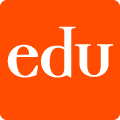Media Literacy Revolution: Empowering Students to Combat Misinformation
Discover how Finland's innovative approach to media literacy education prepares students to navigate the digital age. Learn 15 practical ideas for teaching media literacy in your classroom.

Today, information travels at unprecedented speeds across various platforms. This constant data flow has made it increasingly challenging for people to distinguish between accurate information and misleading content. The ability to sort truth from falsehood has become a valuable skill and a necessity for navigating our modern world effectively. Creating and supporting institutions and news outlets that share non-biased news reporting is also important.
Recognizing this critical need, Finland has emerged as a trailblazer in education. The country has taken a proactive and innovative approach to address the growing challenge of misinformation. By integrating media literacy into its educational curriculum, Finland equips its students with the tools they need to become discerning information consumers in the digital age. Media literacy instruction occurs even in the youngest of grades.
This initiative aims to empower students with the skills to evaluate the vast amount of information they encounter daily critically. By doing so, Finland is preparing its youth for academic success and creating a generation of informed citizens capable of making well-reasoned decisions in both their personal lives and as active participants in a democratic society.
Truth is something to seek out and protect.
Finland's innovative approach to media literacy education sets a global standard. The country has introduced dedicated classes that teach students to identify fake news, disinformation, hoaxes, and propaganda. This initiative emphasizes truth-seeking as a fundamental aspect of maintaining a healthy democracy. A key technique taught in these classes is lateral reading, which involves cross-checking information across multiple sources, verifying the credibility of these sources, and comparing different perspectives on the same topic. This comprehensive approach to media literacy is crucial because it strengthens democratic foundations, enables informed decision-making, and promotes meaningful participation in public discourse. By equipping students with these critical skills, Finland is preparing its citizens to navigate the complex information landscape of the modern world.
15 Ideas for Teaching Media Literacy
- Analyze headlines: Compare clickbait vs. informative titles
- Source evaluation: Create a checklist for credible sources
- Fact-checking challenge: Students fact-check recent news articles
- Create fake news: Students create false stories to understand tactics
- Social media audit: Analyze feeds for potential misinformation
- Lateral reading practice: Compare information across multiple sites
- Media bias analysis: Examine different outlets' coverage of the same event
- Propaganda identification: Study historical and modern examples
- Visual literacy: Analyze images and videos for manipulation
- Ad deconstruction: Break down advertising techniques
- Digital footprint awareness: Discuss online privacy and data sharing
- Fact vs. Opinion sorting: Categorize statements from various sources
- News creation: Students produce their own news reports
- Debate misinformation: Discuss real-world consequences of fake news
- Media diary: Students track and reflect on their media consumption
A Global Challenge
Finland's approach to media literacy education offers a model for the world. By teaching critical thinking and truth-seeking skills, we prepare students not just for academic success but also for being informed citizens in a democracy.
Education is key in combating misinformation. Countries worldwide should consider adding media literacy to their school curricula. This will help create a future where people can confidently navigate the digital world.
Media Literacy Resources
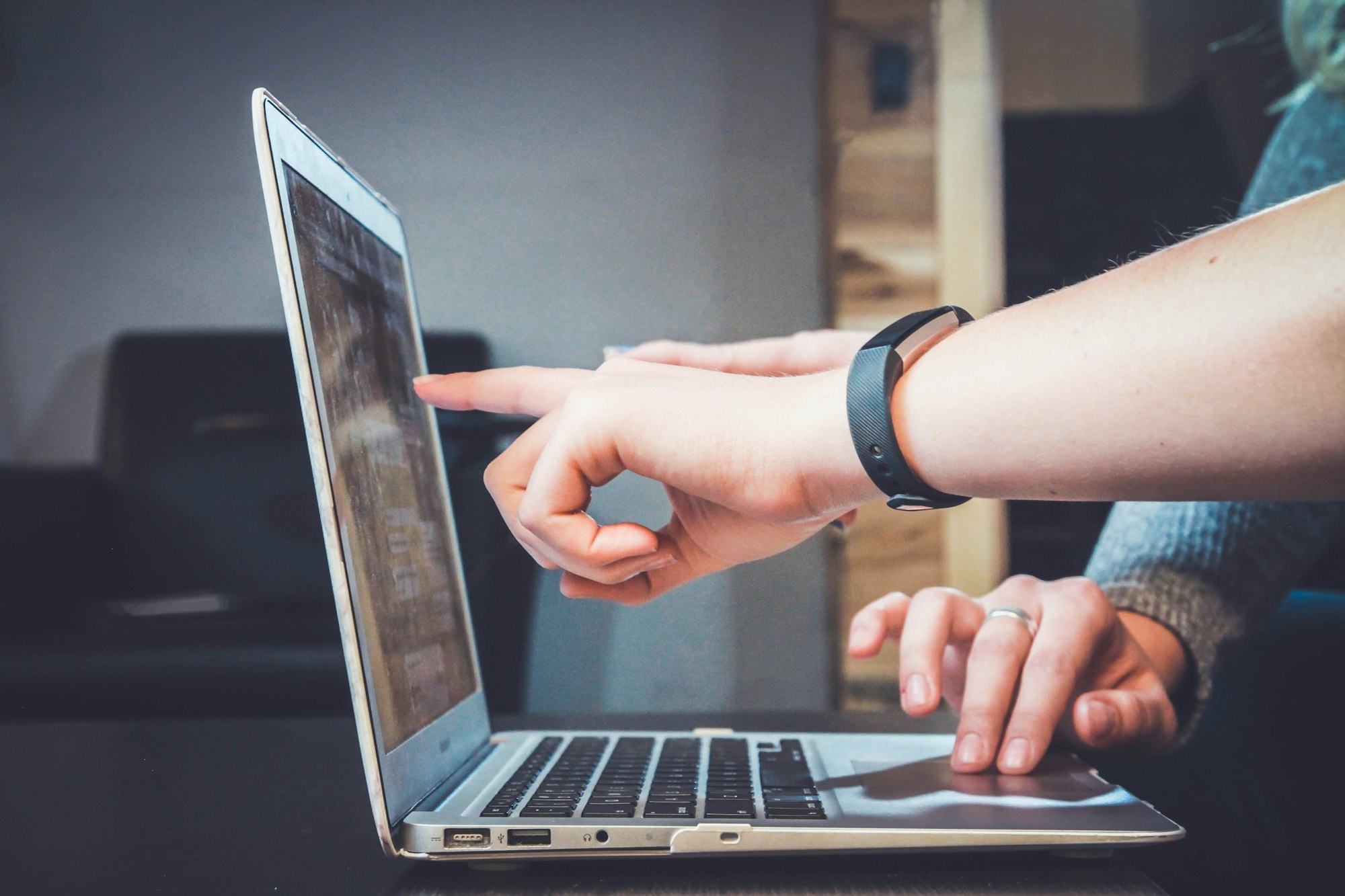
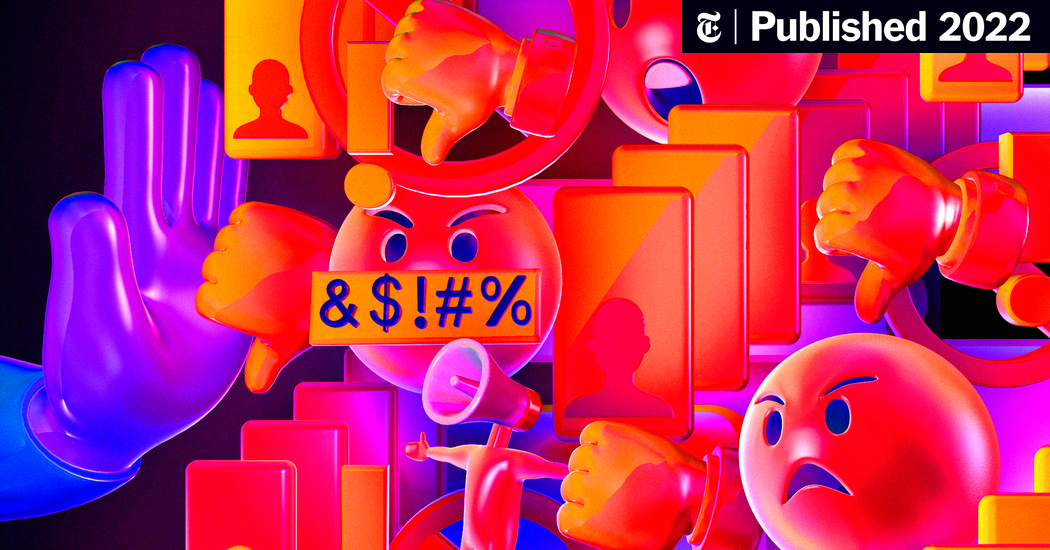
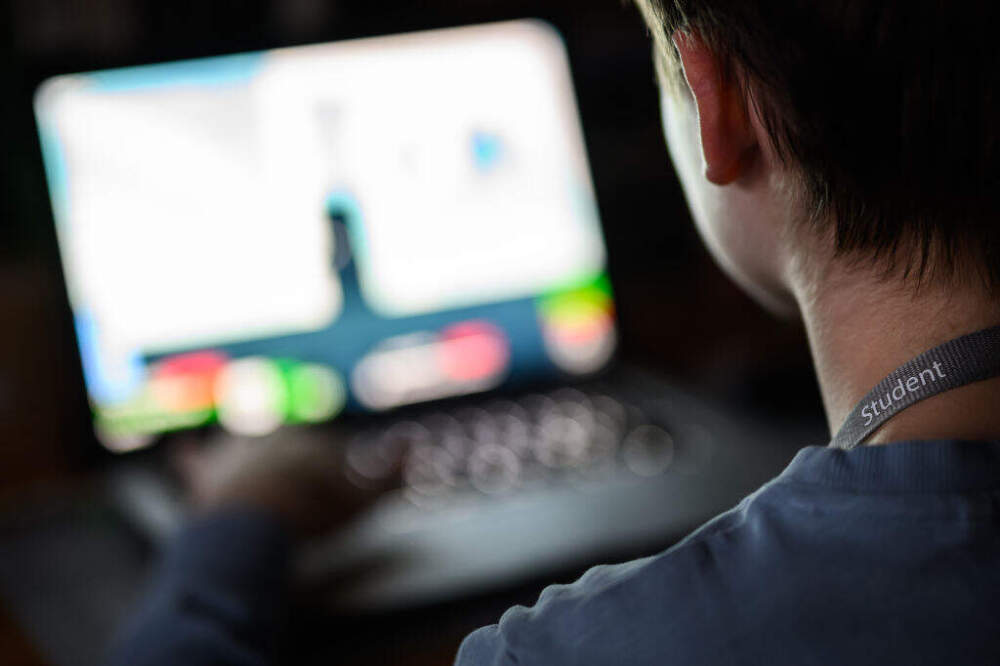
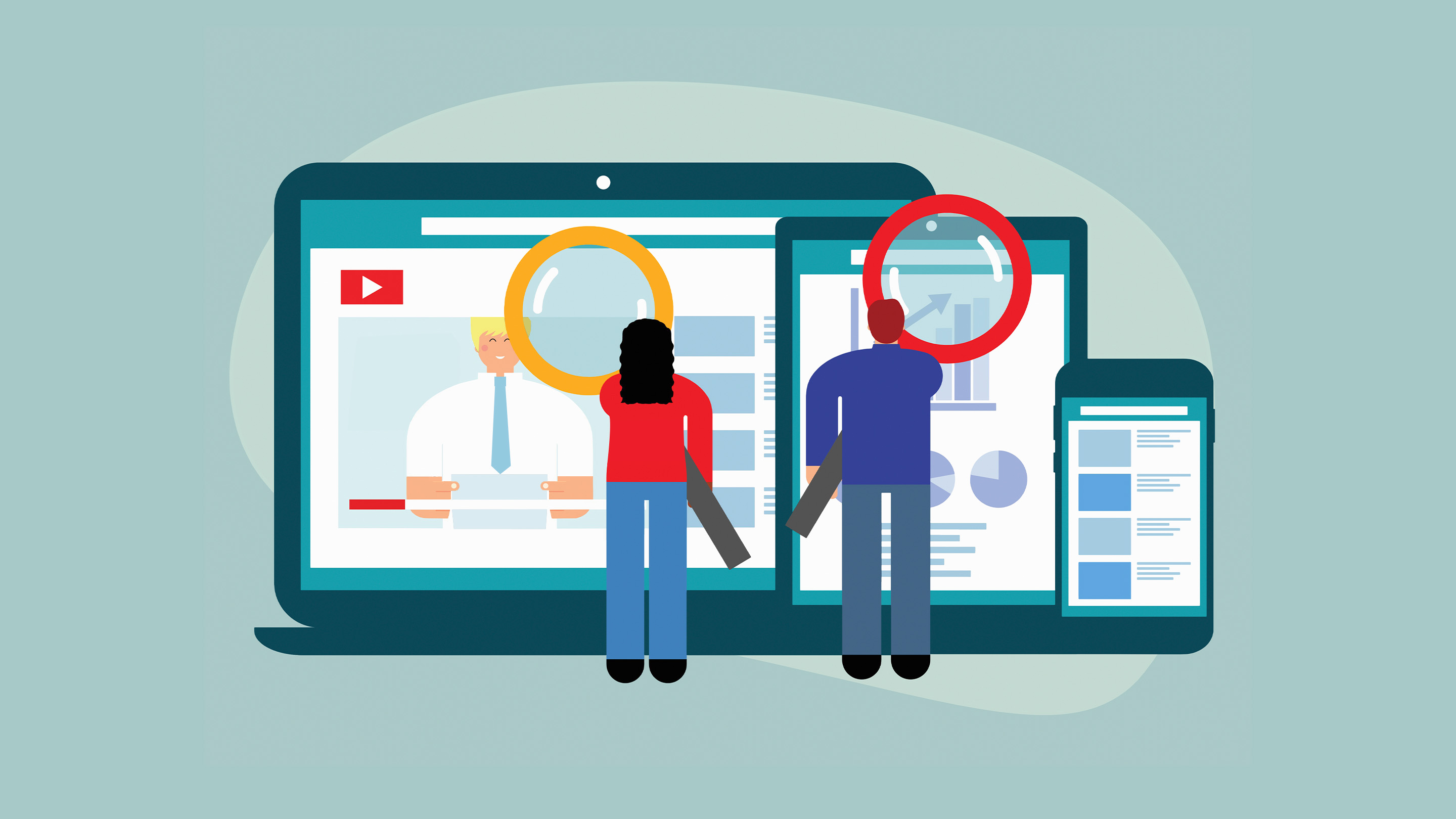
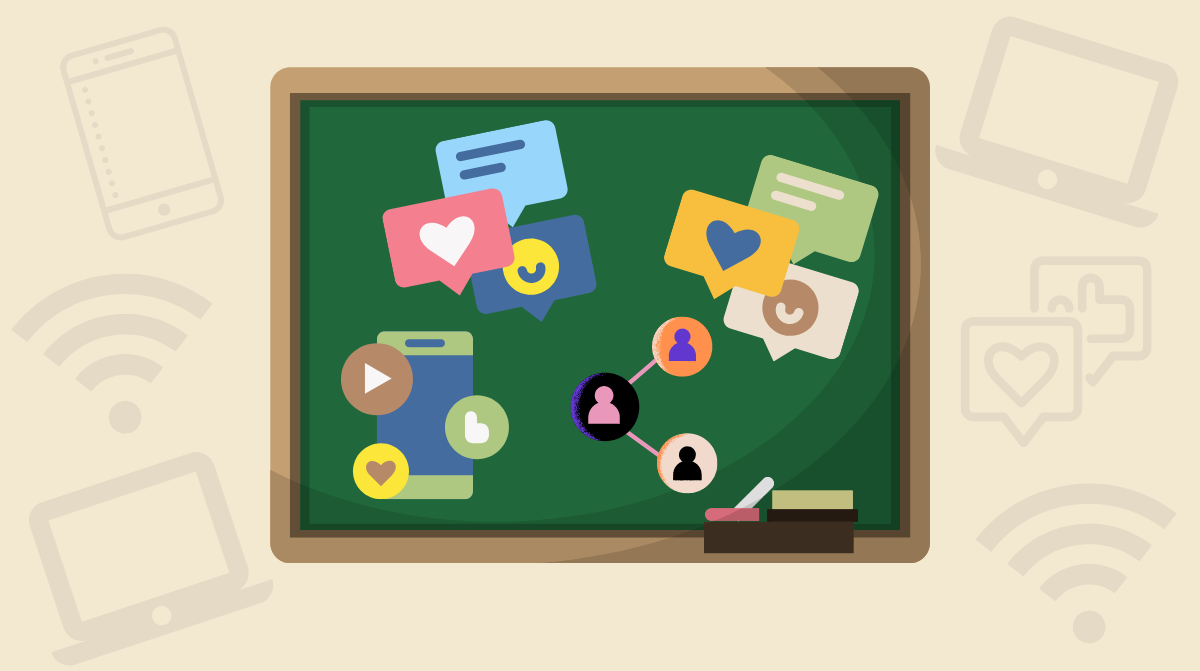
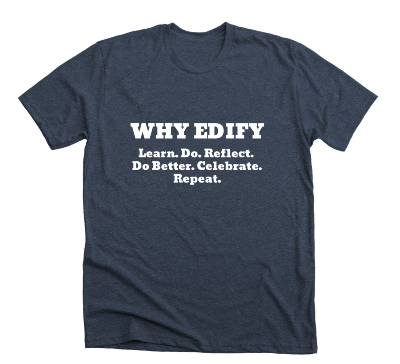
❤ Enjoy this Article?
🍵 Show Your Support and 🤗 Share It



